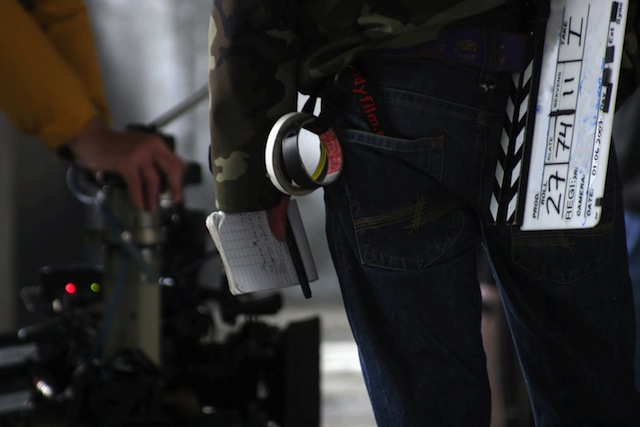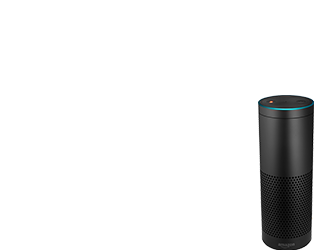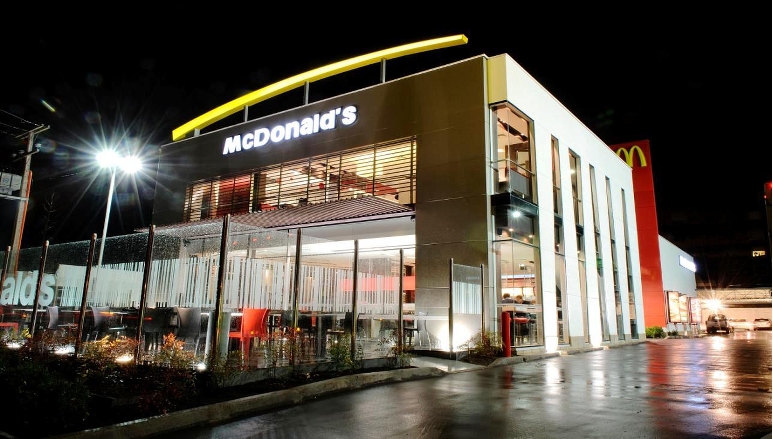With the movie industry’s Academy Awards taking place last night, albeit not without mishaps, it’s worth reflecting on how Hollywood has defended itself against a range of disruptions over the last century.
From when the first movie was shown by the Lumiere brothers in Paris just after Christmas 1895, cinema has been both a disruptive force and one that’s been subject to its own challenges.
The immediate effect of the new technology was an explosion of new businesses, trades and techniques not dissimilar to the first dot com boom of the early days of the web as the traditional theatre industry was displaced by movie theatres.
As the technology evolved, the movie industry itself was subject to disruption as sound was developed – ending the careers of many silent film stars – followed by colour both of which allowed new techniques and markets to developed.
Then came television and, it would have seemed, the end of the movie industry. Although that didn’t happen and it’s instructive how the industry reacted to the challenge.
In a 2007 paper, academics Barak Orbach and Liran Einav showed the movie industry’s evolution starting just after the introduction of talkies in 1927.

The shift to sound drove the movie industry to its all time heights prior to the Great Depression, however the economic downturn hit the film business hard – something to consider when people talk about the ‘lipstick effect’ -however steady growth returned through the 1930s and until the end of World War II.
Following the war, economic change and the arrival of television were tough for the movie business as attendances fell dramatically until stabilising in the late 1960s. Interestingly, the price of movie tickets went up dramatically shortly before the decline tapered off.
The graph finishes at 2002, at the end of the first internet boom and it’s notable the early days of the web, or the rise of Pay-TV in the 1970s and the Video Cassette Recorder in the 1980s had little effect on the industry’s attendance figures.
Despite those new technologies, the movie industry managed to attract audiences despite the plethora of entertainment options on offer at home.
Much of this was due to technological change with advances in computer generated graphics and recording techniques giving film makers far more creative scope while the roll out of multiplex cinema complexes allowed patrons far greater choice in movies.
Fifteen years later the effects of technology are still telling. In 2002, the average American was buying five movie tickets a year, according to the 2016 Motion Picture Association of America’s annual report this had fallen to 3.8, no doubt partly due to the success of Netflix.
However the film industry has still remained lucrative, partly through developing alternative streams of income like product licensing and international sales – China is by far the US industry’s biggest market and non-North American sales are growing by 21%. At the consumer level, movie houses increasingly make their money from concession sales and add-ons like premium seating.
So the answers to the movie industry’s success in staying profitable in the face of disruptive technologies seems to be in adopting new tech, diversifying income streams and globalising their product – although a bit of legislative protection in extending copyright probably helps.
The lessons though from a century of disruption though are clear, how well the movie industry responds to continuing disruption from the likes of streaming services like Amazon Prime, Netflix and their Chinese equivalents remains to be seen.





